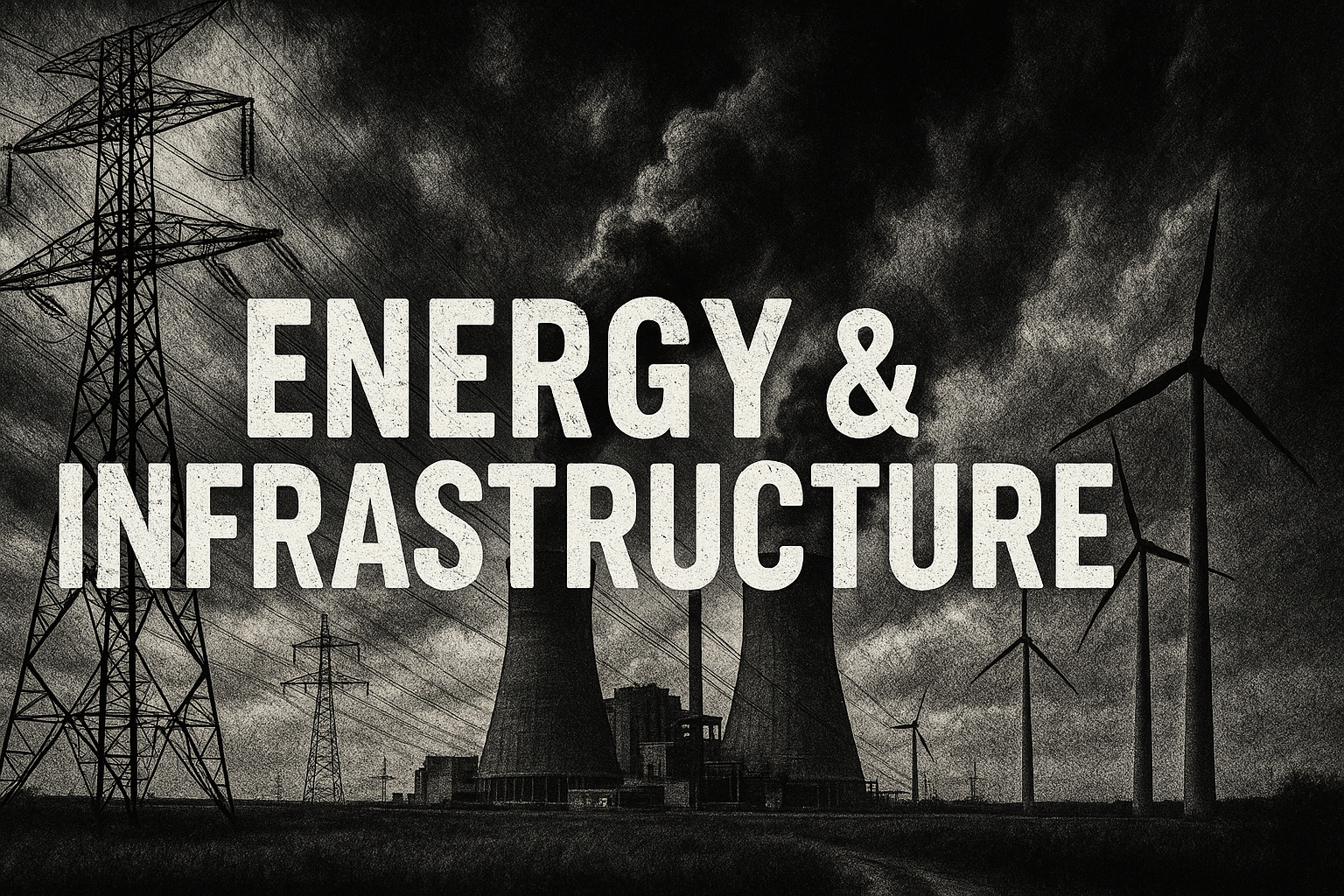Supreme Court Rules 8-0 to Limit Environmental Obstructionism

In a landmark 8-0 ruling, the Supreme Court has curtailed the use of the National Environmental Policy Act (NEPA) as a tool to block infrastructure projects through speculative "ripple effects." The case, Seven County Infrastructure Coalition v. Eagle County, centered on a planned 88-mile railway in Utah that environmentalists sought to halt by arguing that its approval required analysis of unrelated future projects.
Writing for the majority, Justice Brett Kavanaugh emphasized that NEPA does not authorize courts to delay or block projects based on speculative impacts of unrelated endeavors. The ruling explicitly states that agencies are not expected to possess clairvoyant powers to anticipate and analyze hypothetical future projects.
This decision marks a significant shift against the misuse of NEPA as a weapon for litigation and delay. It underscores that environmental assessments should focus on the project at hand, not speculative outcomes. The ruling was supported across the bench, with even progressive justices concurring on the need to rein in judicial overreach in environmental reviews.
Critics of the ruling, including climate activists, argue it could lead to environmental harm, with Rep. Diana DeGette warning of potential oil spills and increased fracking. However, the Court's decision aims to prevent paralysis through process and restore balance to environmental regulation.
The ruling is a victory for infrastructure development, signaling that federal agencies, not courts or activists, should lead environmental assessments. It reaffirms the principle that proportionality and reason must guide environmental reviews, ensuring that society can progress without being stifled by bureaucratic overreach.
The full ruling is available here.
Published: 6/1/2025
















